From his father’s repair shop to the pole position of the Indianapolis 500 to owner of a thriving performance exhaust company, Billy Boat is truly a current-day hot rodder.
In our introductory article in which we laid the groundwork for this series of articles, you’ll recall that we talked about the pioneers of hot-rodding — those who, particularly after World War II, became enamored with speed and competition, on the street and at race tracks, in the cars of the day.
For sure southern California was a hotbed of such activity, but it was rampant all across the U.S. The need for speed was an epidemic, as it was an incubator for creativity and resourcefulness. And it produced some of the names that have become immortalized in the performance industry — names like Ed Iskenderian, Vic Edelbrock Sr., Stuart Hilborn, Joe Hrudka (a.k.a. Mr. Gasket), Nick Arias, the Summers Brothers, and many, many more.
These are the people who started in grassroots racing and backyard shops, each looking for ways to make their cars faster. Then they made other peoples’ cars faster. And before they knew it they were selling parts out the back door of their garage. Then they opened a little storefront. And, finally, they built their ideas into enterprises. Big enterprises. Successful enterprises. And, for the most part, they built these enterprises from small and sometimes dingy backyard shops they shared with bicycles, lawn mowers, and who knows what else.
Interestingly, they nearly all seemed to share some common threads. Few, if any, inherited large businesses; most started with little — some in a father’s garage, and some trying to keep their fathers from finding out what they were doing on the sly.
Another feature common to most of them was their focus on a particular part or system within a car. Isky knew camshafts. Edelbrock focused on manifolds and induction systems. Hilborn knew fuel injection like nobody else. And the Summers Brothers found a way to transfer all that new-found power to the wheels without breaking axles.
And that brings us to today, and a new generation of hot rodders. It would be easy to think that all the performance parts we’ll ever need have already been invented and produced. But, truth be told, the situation is just the opposite. Just as automotive design technology has advanced, so has hot rodding. Vehicle electronics, Computer-Aided Design (CAD) capabilities, so many technologies that never existed a generation ago, all combine to form fertile ground for those who have the need for speed, the creativity, and the entrepreneurial spirit to become the new hot rodders of today. There are many. And what’s especially interesting is that so many come from humble beginnings, and have focused on specific vehicle parts and systems.
Like Billy Boat.
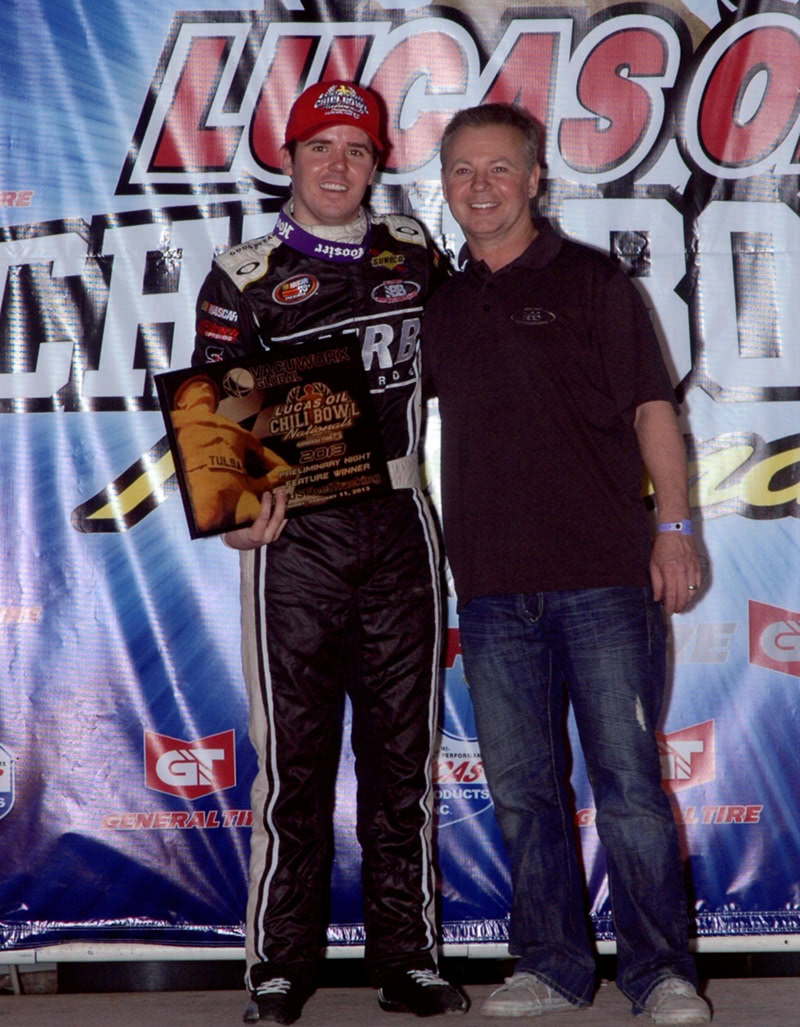
Billy Boat (right) congratulates his son, Chad (left), on winning the preliminary race for the Chili Bowl Nationals midget race. Like father, like son…
Billy Boat was not born with a silver wrench in his hand. He was, however, fortunate enough to be born into a Phoenix-area family in which his father owned and operated a general auto repair shop at his home. Not a So-Cal kid, and not the spoiled son of a rich family, Billy was given the opportunity to learn basic fabrication skills at the ripe old age of 5, and learned to weld at 8. These were helpful skills for the family business, which also built some engines and chassis for roundy-round customers.
During those same tender years Billy showed his competitive side by racing, first motorcycles, then go-karts and midgets. Along the way, his involvement in motorsports gave him the opportunity to work with David Schneider, of camshaft fame, and Stuart Hilborn, the fuel injection guru, where he expanded his knowledge base of engine development.
By age 24 his skills and quest for success led him to start his own business out of his father’s garage, building headers for the Porsche 930 turbo under contract from Porsche. During that time his racing career had grown and he was racing sprint cars around oval tracks all over the southwest. And the die was cast. In 1990 he opened a modest shop of just 800 square feet, fabricating headers and exhaust systems, which had become his specialty.
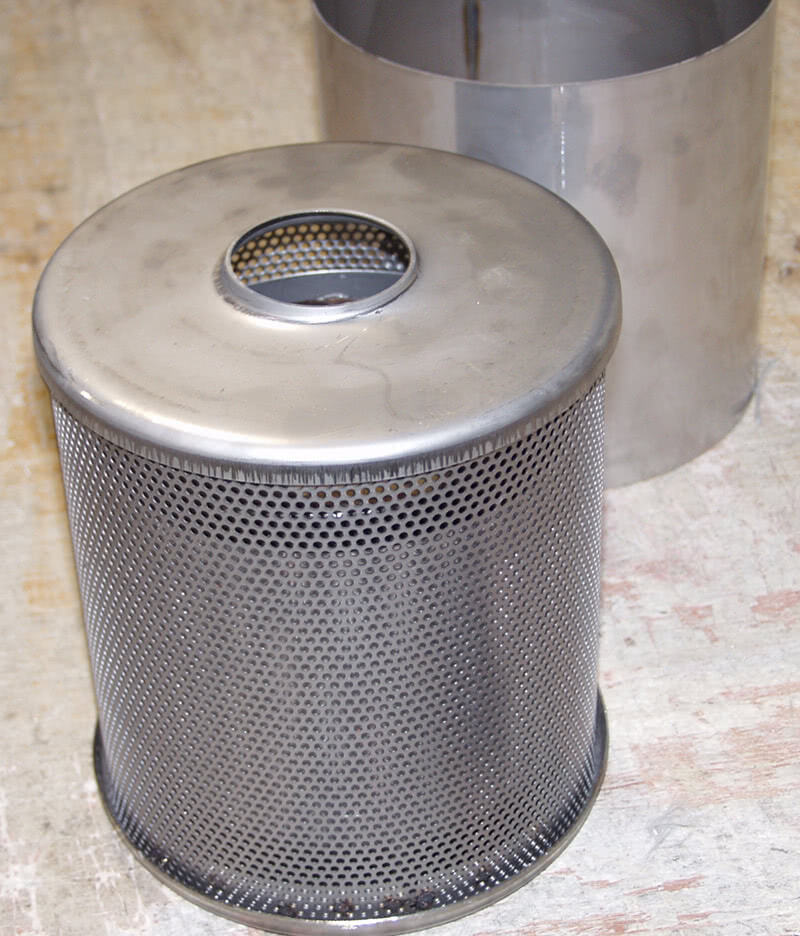
A stainless steel cylinder forms the substrate around which the woven ceramic material is wrapped, providing excellent strength, durability, and noise attenuation.
Since then, his business has grown to some 30,000 square feet, he’s built headers for NASCAR racers and Indy Lights cars, and still produces headers for the Porsche 930 turbo.
Oh, and by the way, his racing career had enjoyed similar growth and success, culminating in his achieving the pole position for the 1998 Indy 500…
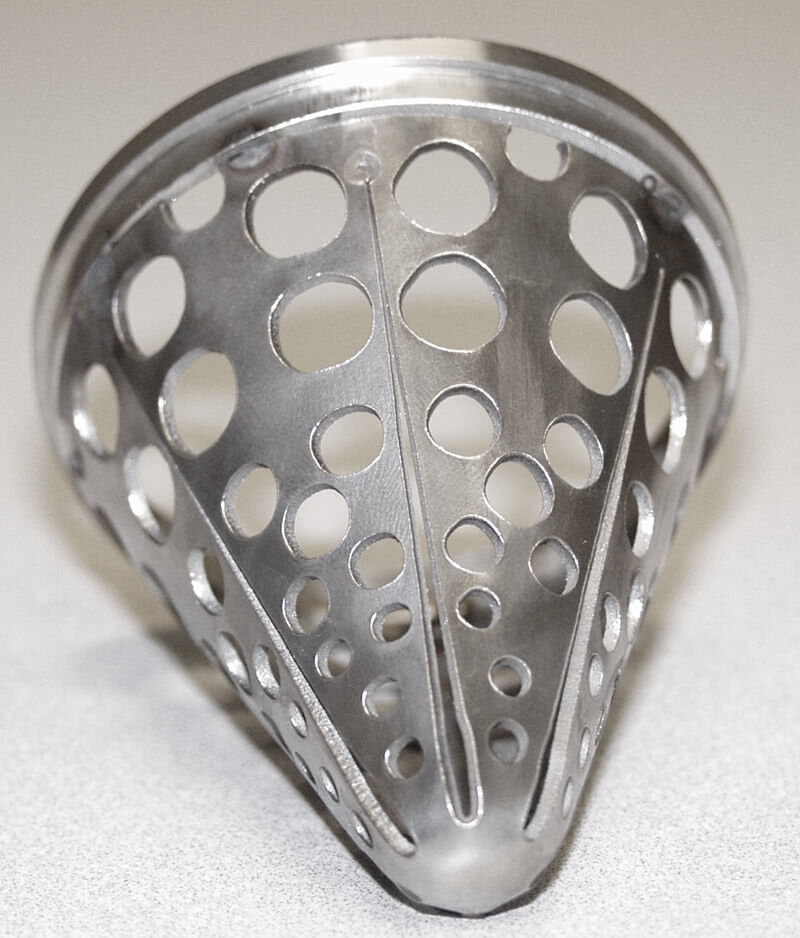
This seemingly simple cone-shaped device is deceptive in its appearance. You’d think this sound-dampening component would necessary restrict the free flow of exhaust gases. But its ingenious design incorporates a collection of holes whose total area exceeds the area of an unmodified pipe, resulting in a tuning of the exhaust tone with no increase in back pressure.
But today the essence of Billy Boat’s enterprise is performance exhaust systems for high end sports cars. And what a business it is! The company produces custom-designed performance exhaust systems for the most advanced and sophisticated vehicles on the planet — domestic models like Corvette, Viper and Cadillac XLR, imports from BMW, Porsche, Audi, all the way up to Ferrari and Lamborghini, and trucks and SUVs including Escalade, Hummer and many others.
And these are not just bling for the rich and famous. Nosirree, these are the result of advanced engineering, designed to provide maximum street performance along with an appropriately rich tone for each make and model.
During his decades of custom-fabricating exhaust systems, Billy has developed technical innovations that most folks would never associate with exhaust systems. Like the bi-modal system developed for the late-model Corvettes. We’re all pretty much familiar with newer cars with multiple drive modes — one for more aggressive driving, one for more sedate driving or for driving in snowy or slippery conditions.
And those of us with our share of gray hair will remember the simple mechanical cut-outs highlighted in the J.C. Whitney catalogs of old. While the premise is similar, the technology is anything but. With the Billy Boat bi-modal exhaust system, two routings are available based on parameters that include engine speed, engine vacuum, and throttle position. When the proper combination indicates that the driver wants more grunt, the exhaust system goes into “power†mode, re-routing exhaust gases through the less-restrictive path, with the expected result of increased horsepower, and a bit more “bark†to match.
While this technology has been incorporated into the latest-generation Corvettes on the assembly line, Billy Boat has gone the car companies one better by incorporating this technology into exhaust systems for multiple earlier-generation Corvettes, built when such technology had not even been thought of. It’s this kind of ingenuity, applying new ideas to older cars, that is at the very heart of hot-rodding.
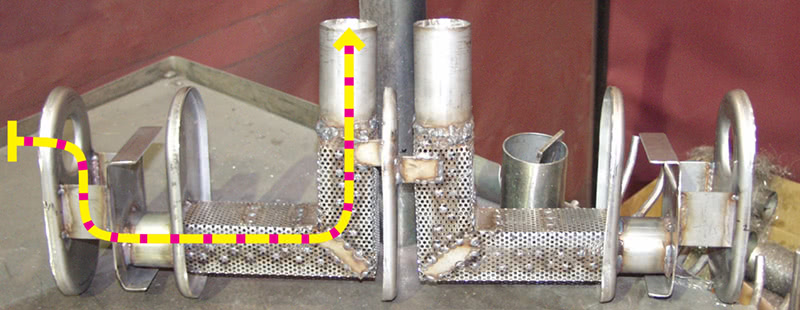
An innovative feature of the Billy Boat performance mufflers is the strategically-located baffle near the muffler’s inlet. This baffle allows some exhaust gases to pass through a direct route into the sound deadening chamber, while other portions of the exhaust gases must traverse an indirect path, resulting in acoustic tuning even before the gases enter the sound chamber.
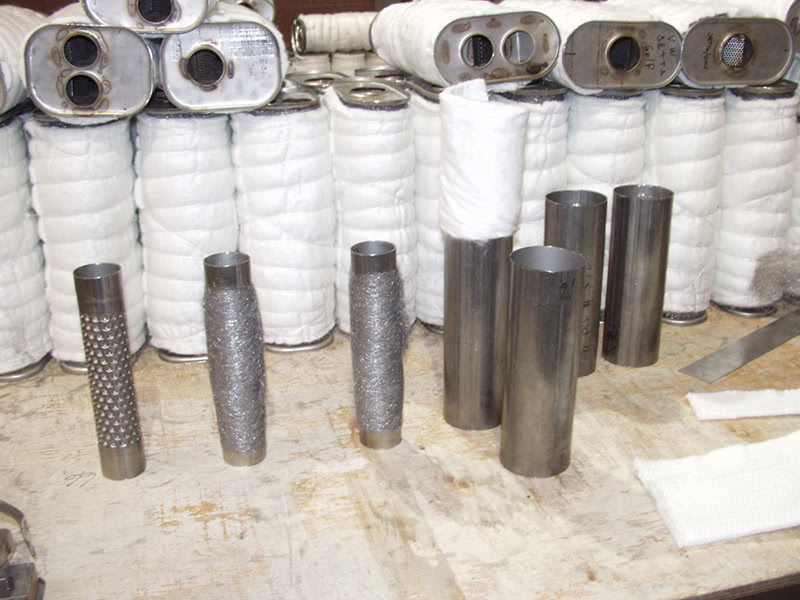
All Billy Boat exhaust systems receive a double layer of insulation. First is a stainless steel packing, followed by a thermal wrapping of woven ceramic material that will not burn through. In fact, this proprietary woven ceramic material can actually become red hot and, when cooled, will revert to its original shape and soft composition. Both insulating layers are held securely in place with the stainless steel shell, so that loose internal baffles, a problem with other performance exhaust systems, are not possible.
Another innovation that Billy has developed is a distinctive two-stage packing system within mufflers. This design features a blend of stainless steel surrounding the baffles at the core of the muffler, then encased in a ceramic capsule around the stainless steel. This combination provides sound wave cancellation along with supplemental thermal cooling. The result is a modest increase in power, longer life, and exhaust tone modulation and tuning.
While some manufacturers of aftermarket headers and exhaust systems opt for whatever size tubing seems to fit best, that is not the regimen at Billy Boat Exhaust. Decades of building exhaust systems for race cars have brought a body of knowledge regarding optimal tubing size for typical upgrades in street performance engines as well as anticipated driving style.
One of the lessons learned over the many years was that exhaust tubing diameter and length have a direct impact on engine output. Smaller diameter tubing with greater length tends to provide more low-end torque, while larger diameter, shorter tubing generally makes for more top-end horsepower. So exhaust systems for various types of vehicles are individually designed based on typical powertrain upgrades and usage patterns. This approach provides optimal performance increases for each vehicle family rather than using a one-size-fits-all approach as used by some other companies. In addition, Billy Boat Exhaust will custom-make an exhaust system for an individual customer who may have unusual or innovative needs.
In an unusual effort to enhance the value of their exhaust systems to buyers, Billy Boat Exhaust systems offer some surprising features. For instance, all exhaust system components are stainless steel, which allows coverage by a lifetime warranty which is even transferable to a future owner. The stainless steel is extremely durable, and also does not require the buyer to send it off for costly coating with ceramic or other material.
Further, BBExhaust systems are direct replacements for OE systems, so there’s no need for awkward adapters. And they even go so far as to supply unique clamps that do not distort or crimp pipes when tightened. This certainly simplifies disassembly if it’s ever needed. And, since these systems are not inexpensive, it is not uncommon for folks to remove this system before selling their car, re-installing the OE system that was removed, and re-selling the Billy Boat system, often recouping as much as half of the original cost, making these systems an even better investment.
Billy Boat started as a youngster working in his father’s garage. He learned welding and fabricating skills there. He was fortunate to work under the direction of early-generation hot-rodders. He started racing as a kid and went on to pace the Indy 500, all while building a very successful business making and selling performance parts.
Does all of that sound like a hot-rodder of today? Sure sounds like it to me…
Learn more at www.bbexhaust.com
Â


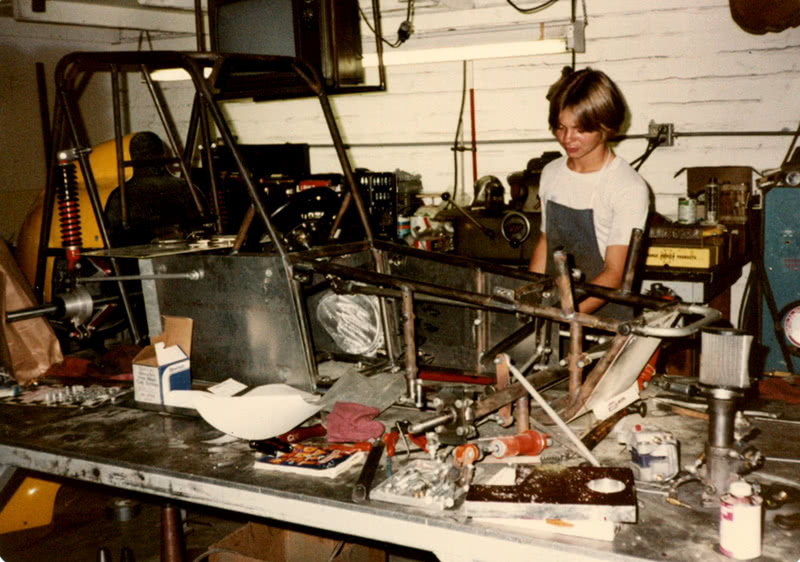
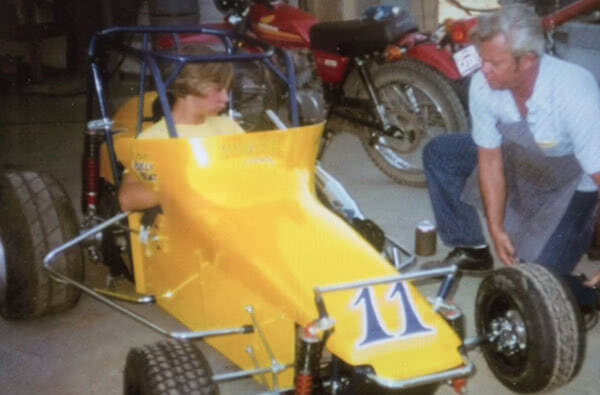
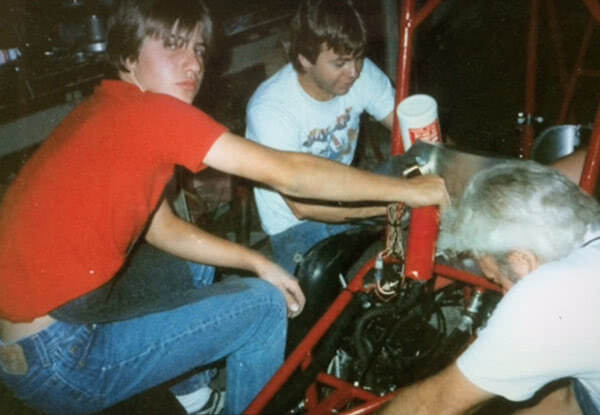
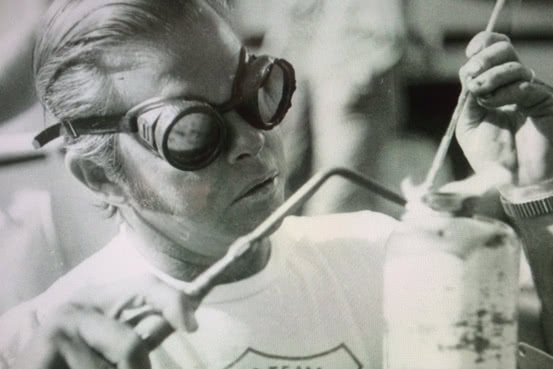
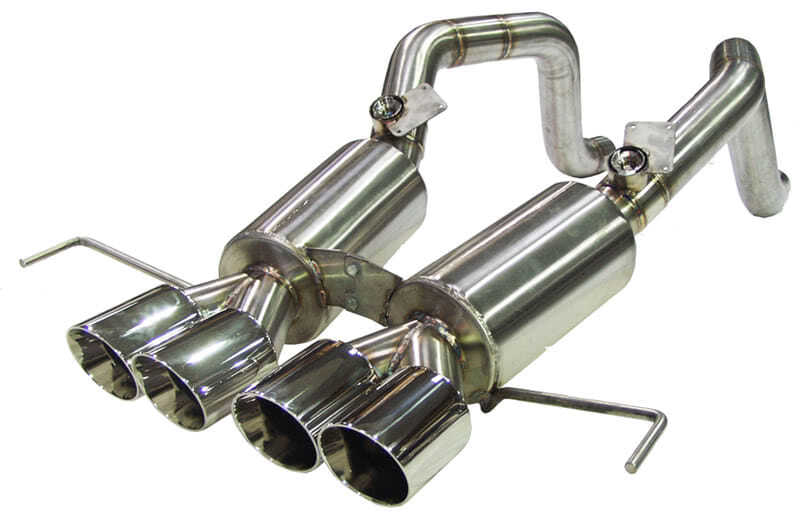
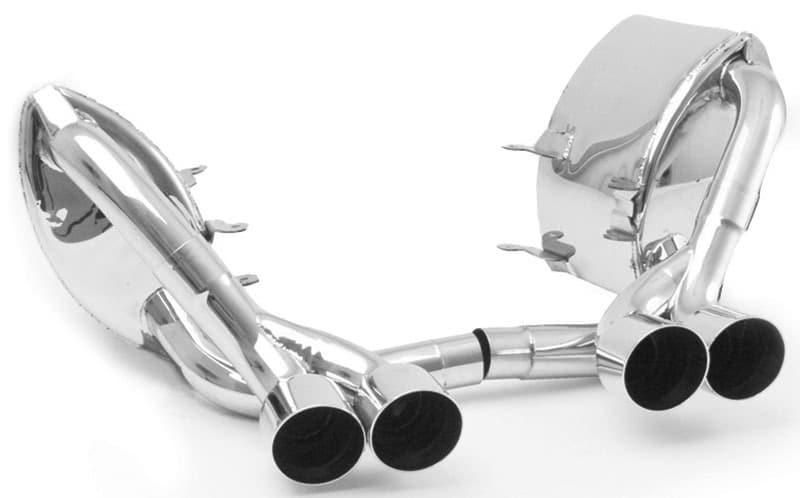
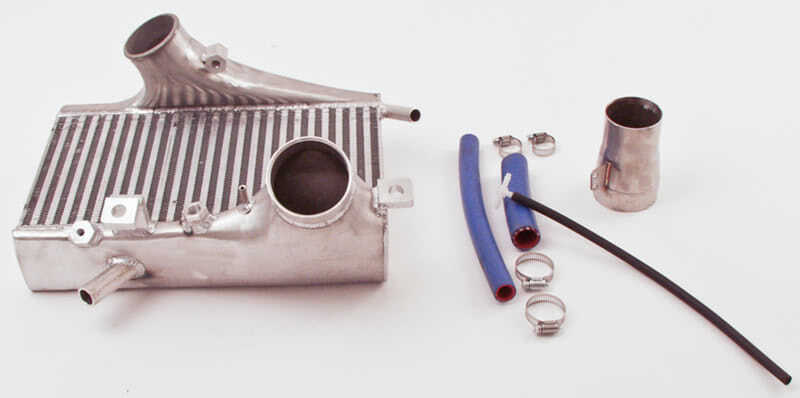
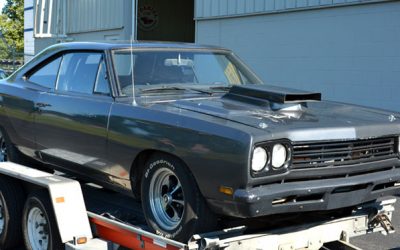
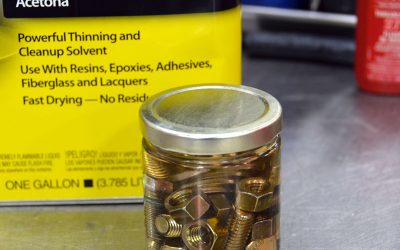
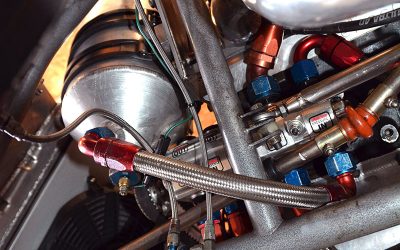
0 Comments